A&P Quiz 2 Review 2025
1/49
There's no tags or description
Looks like no tags are added yet.
Name | Mastery | Learn | Test | Matching | Spaced |
|---|
No study sessions yet.
50 Terms
What kind of tissue is this?
Simple Squamous

What kind of tissue is this?
Simple Cuboidal
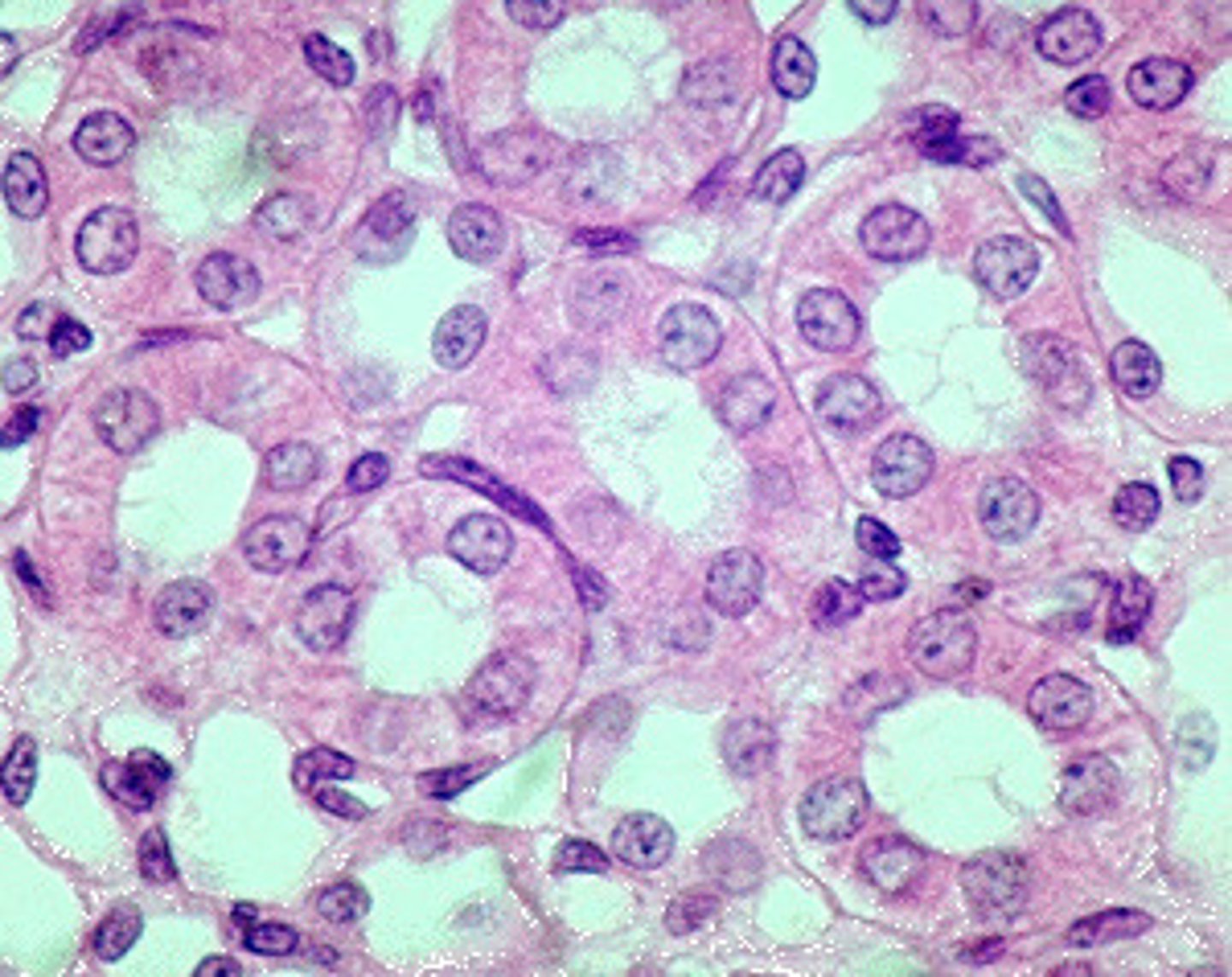
What kind of tissue is this?
Simple Columnar
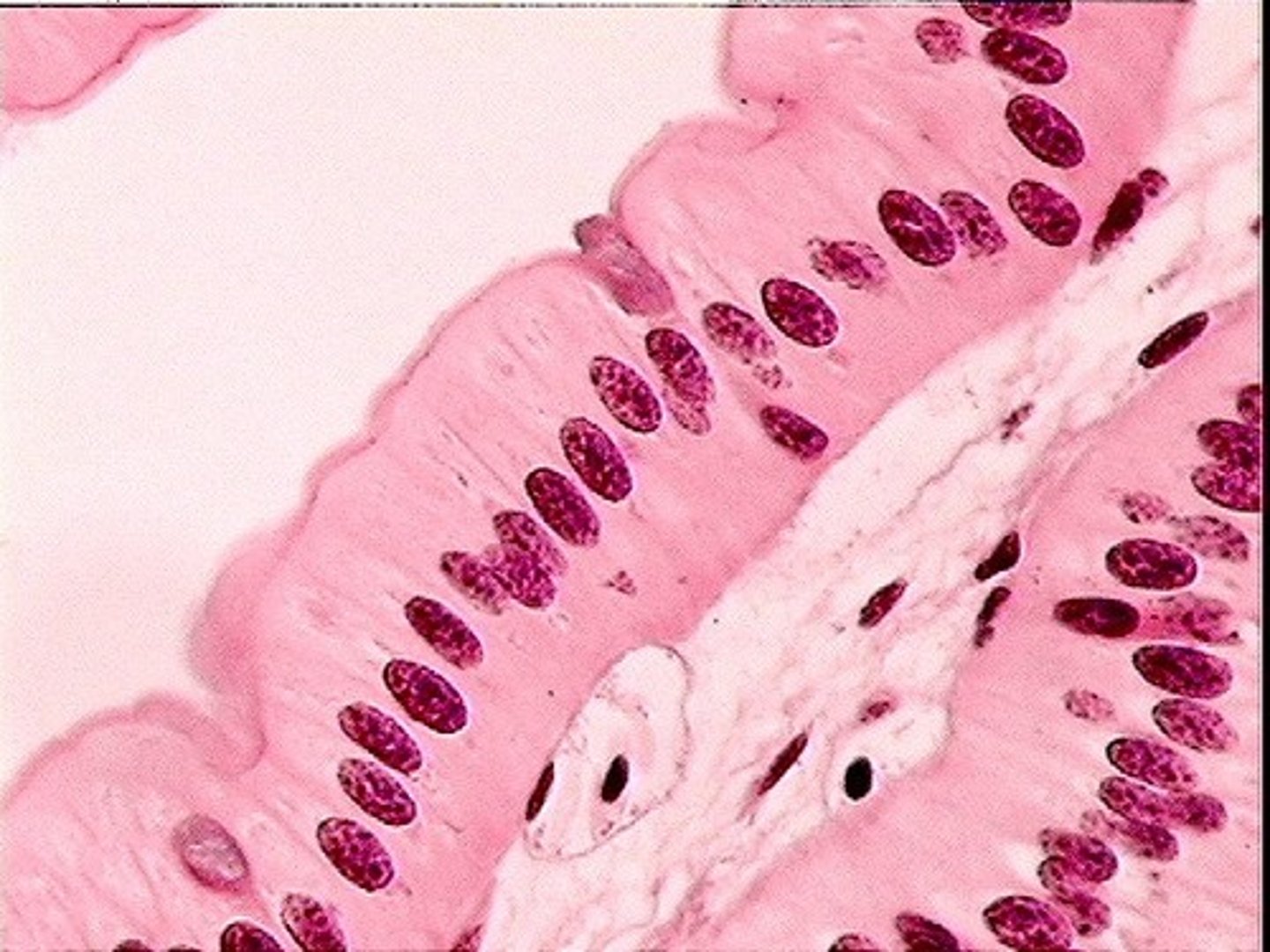
What kind of tissue is this?
Pseudostratified Columnar

What kind of tissue is this?
Stratified Squamous
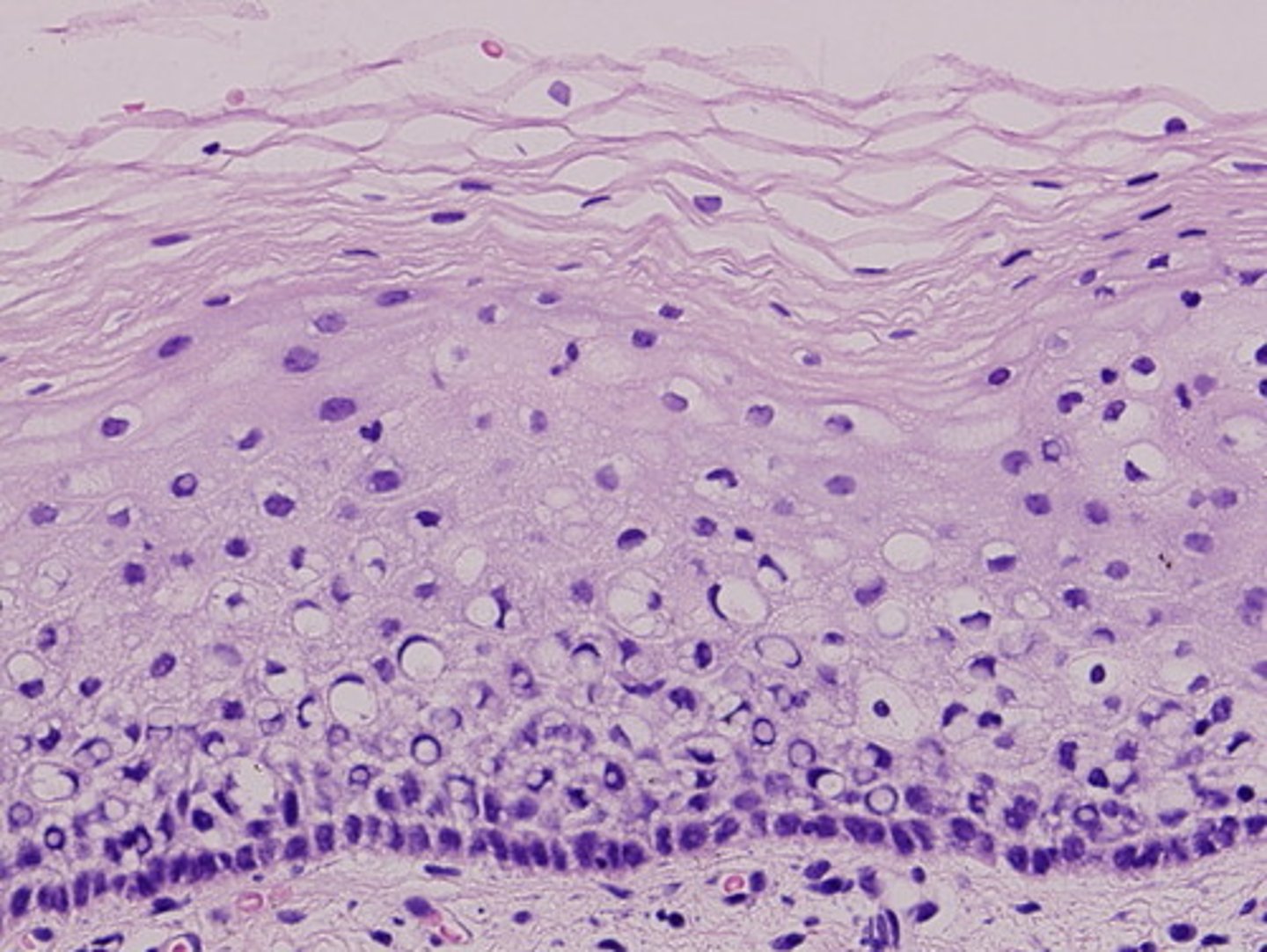
What kind of tissue is this?
Transitional
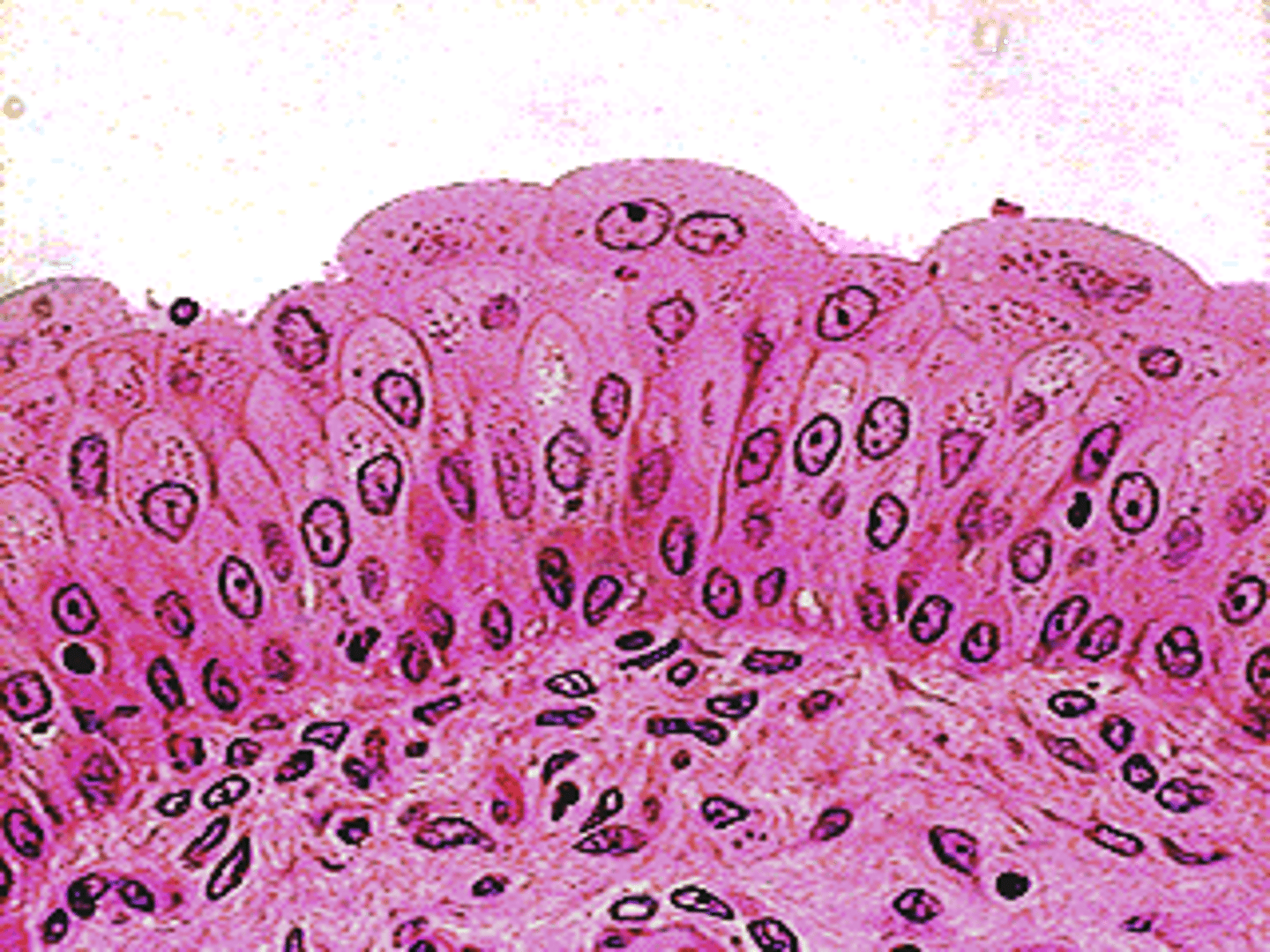
What kind of Connective Tissue is this?
areolar connective tissue
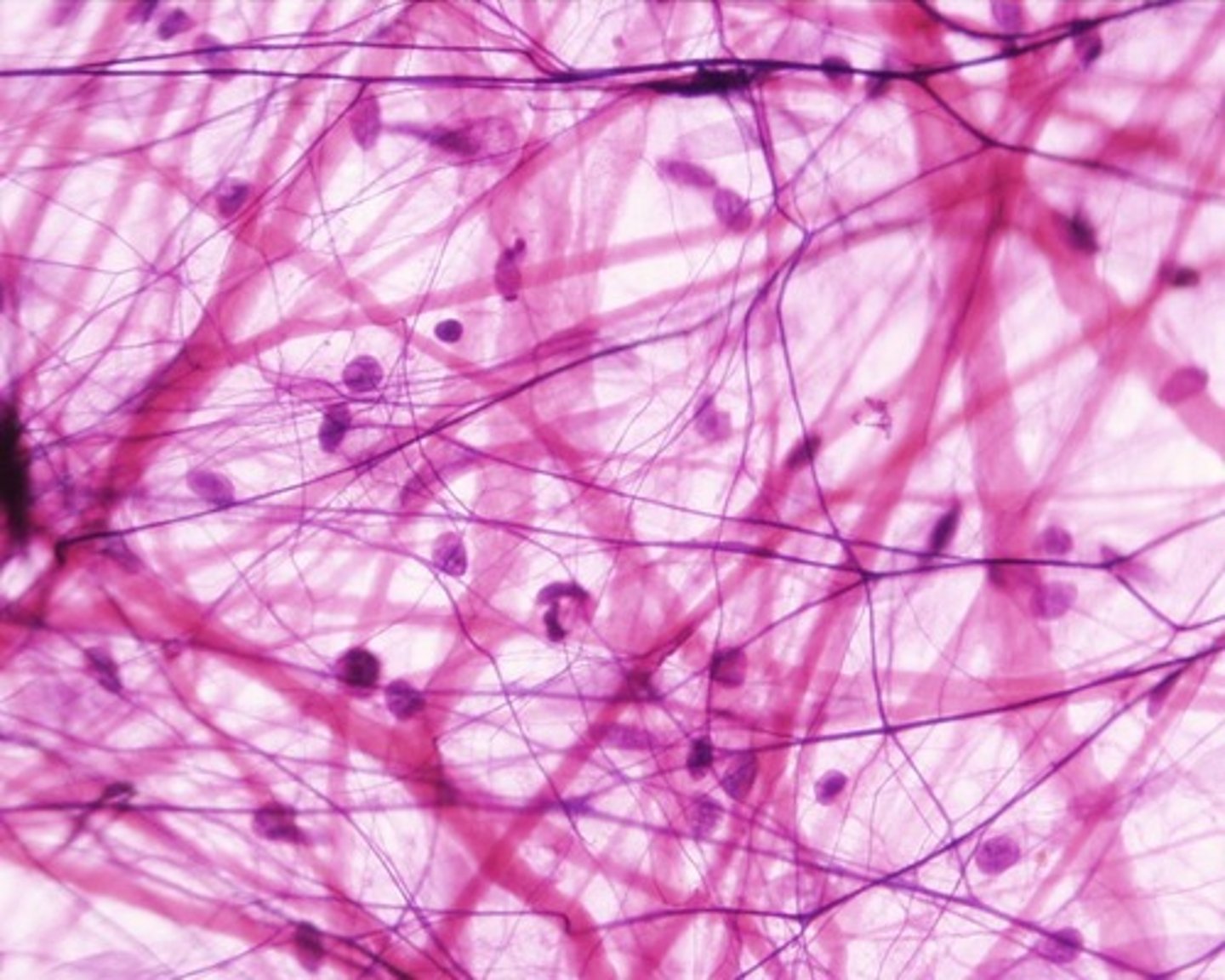
What kind of tissue is this?
Adipose
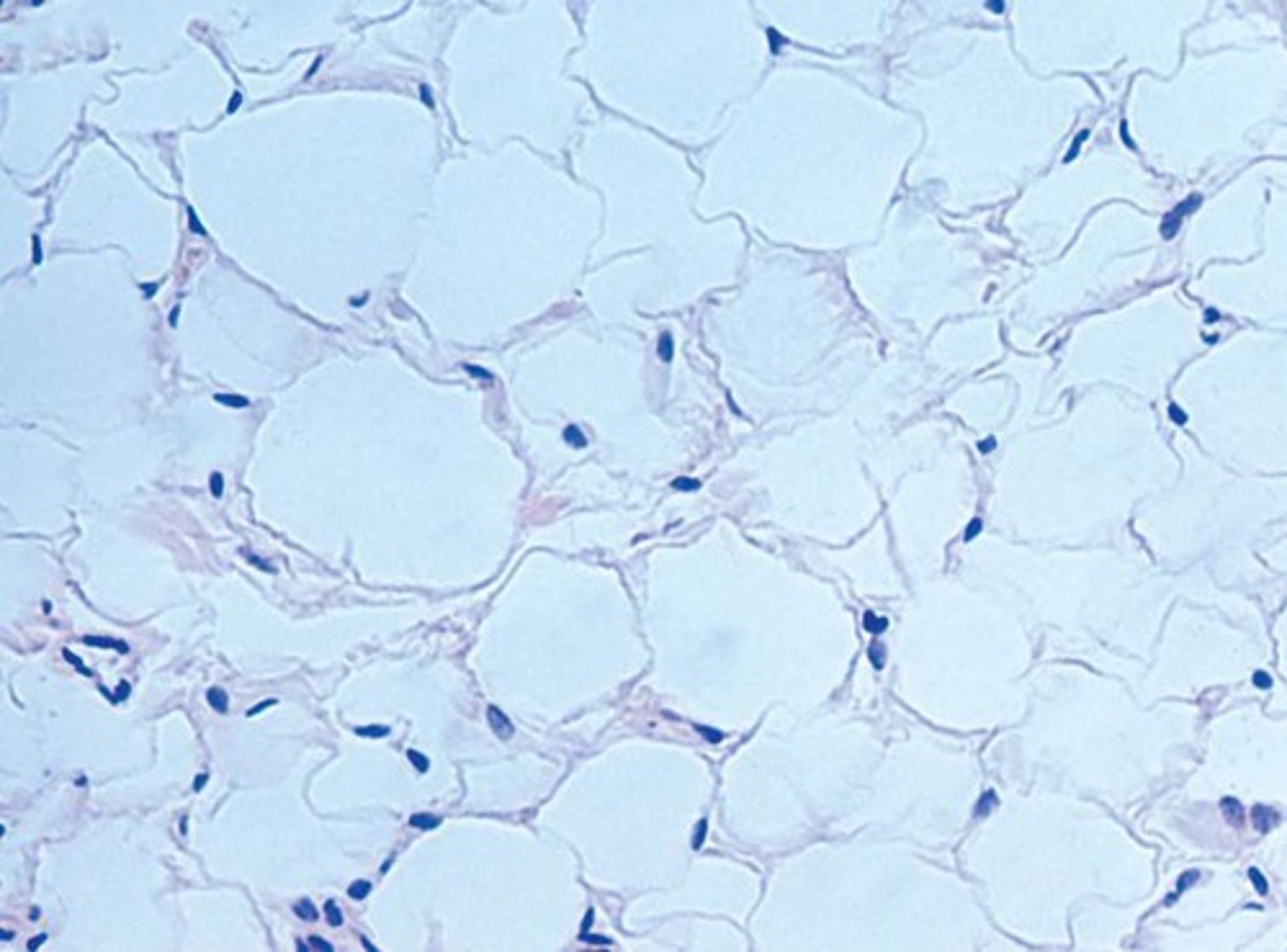
What kind of tissue is this?
Reticular
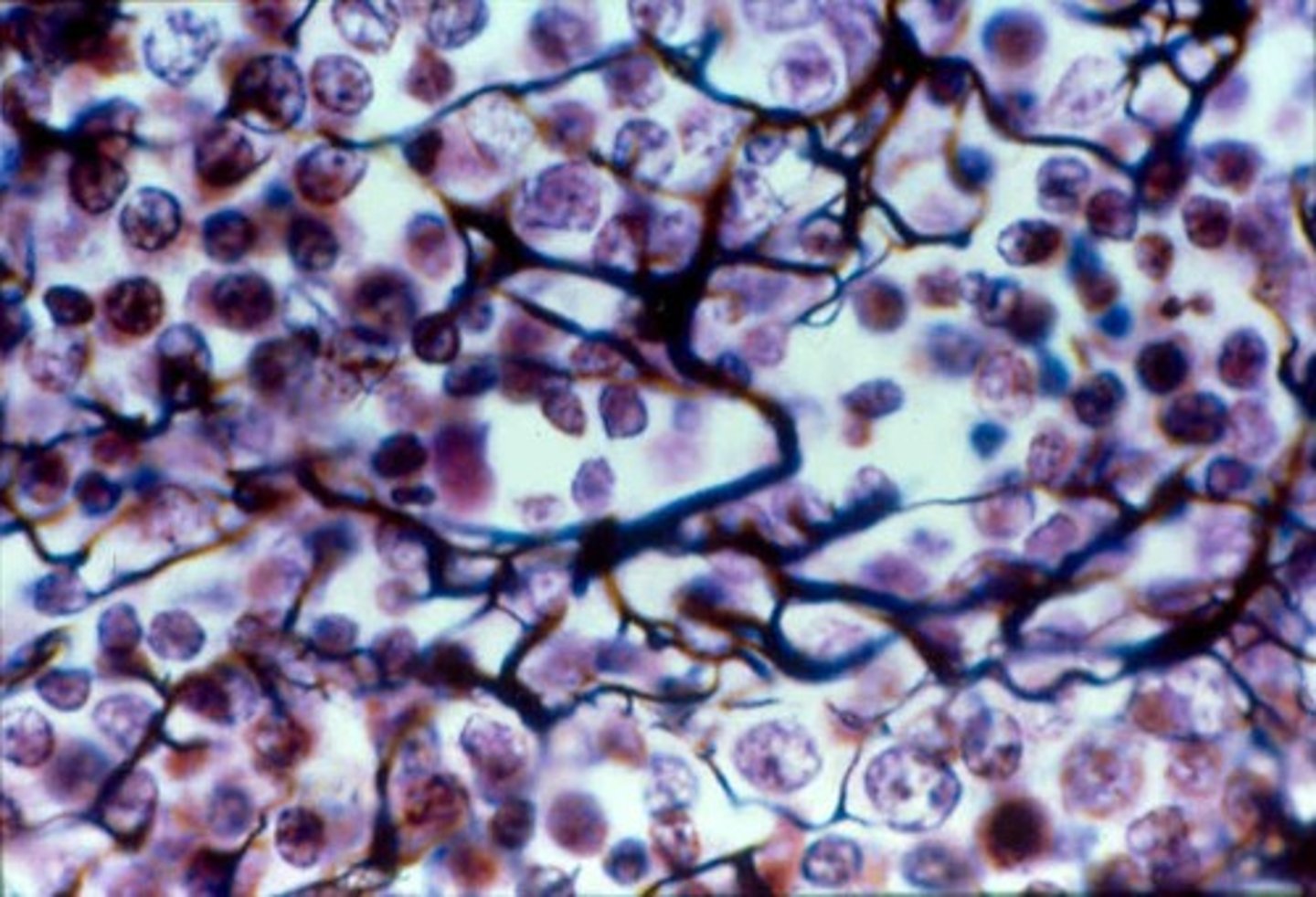
What kind of connective tissue is this?
Dense regular
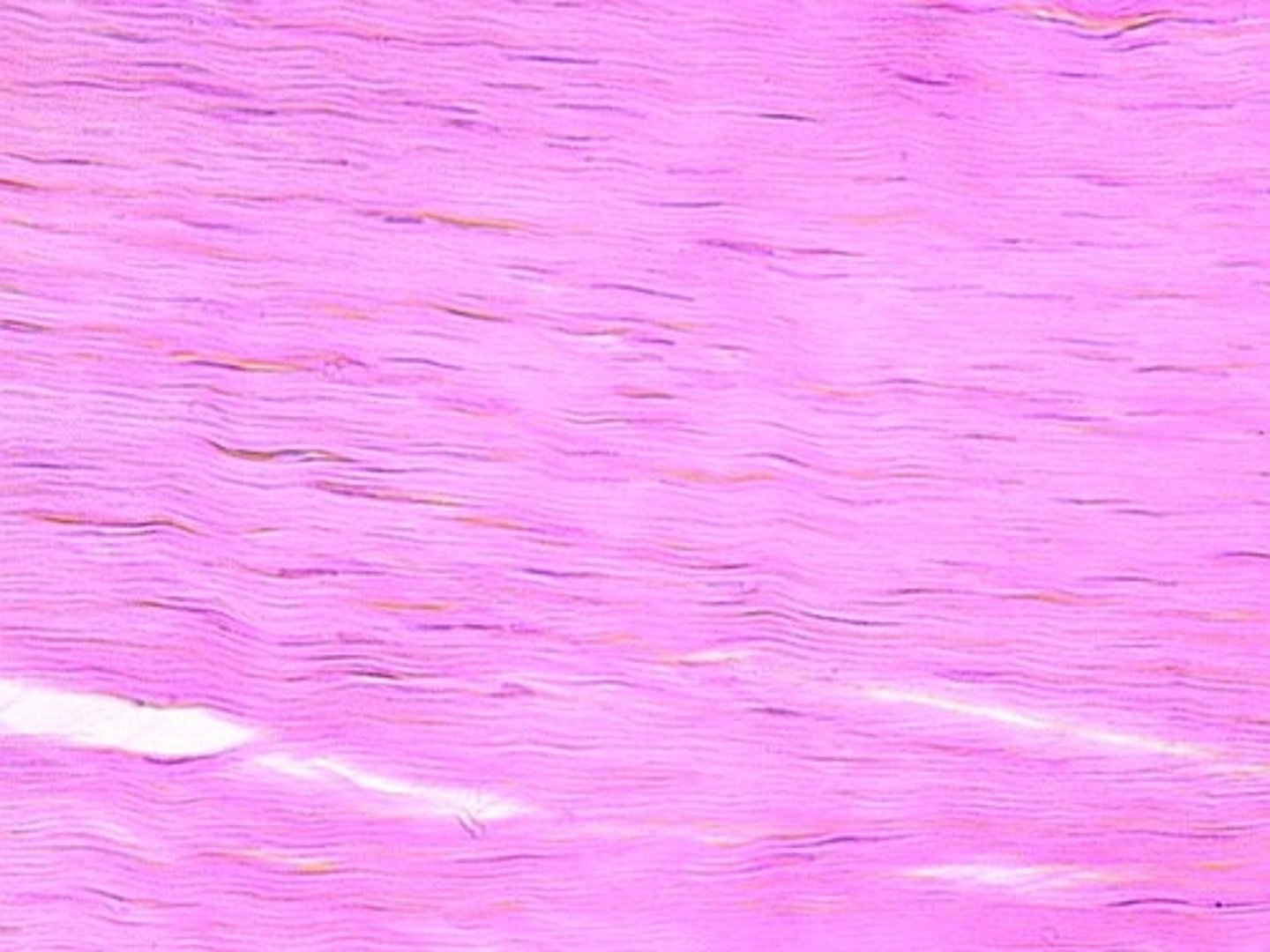
What kind of connective tissue is this?
Dense irregular
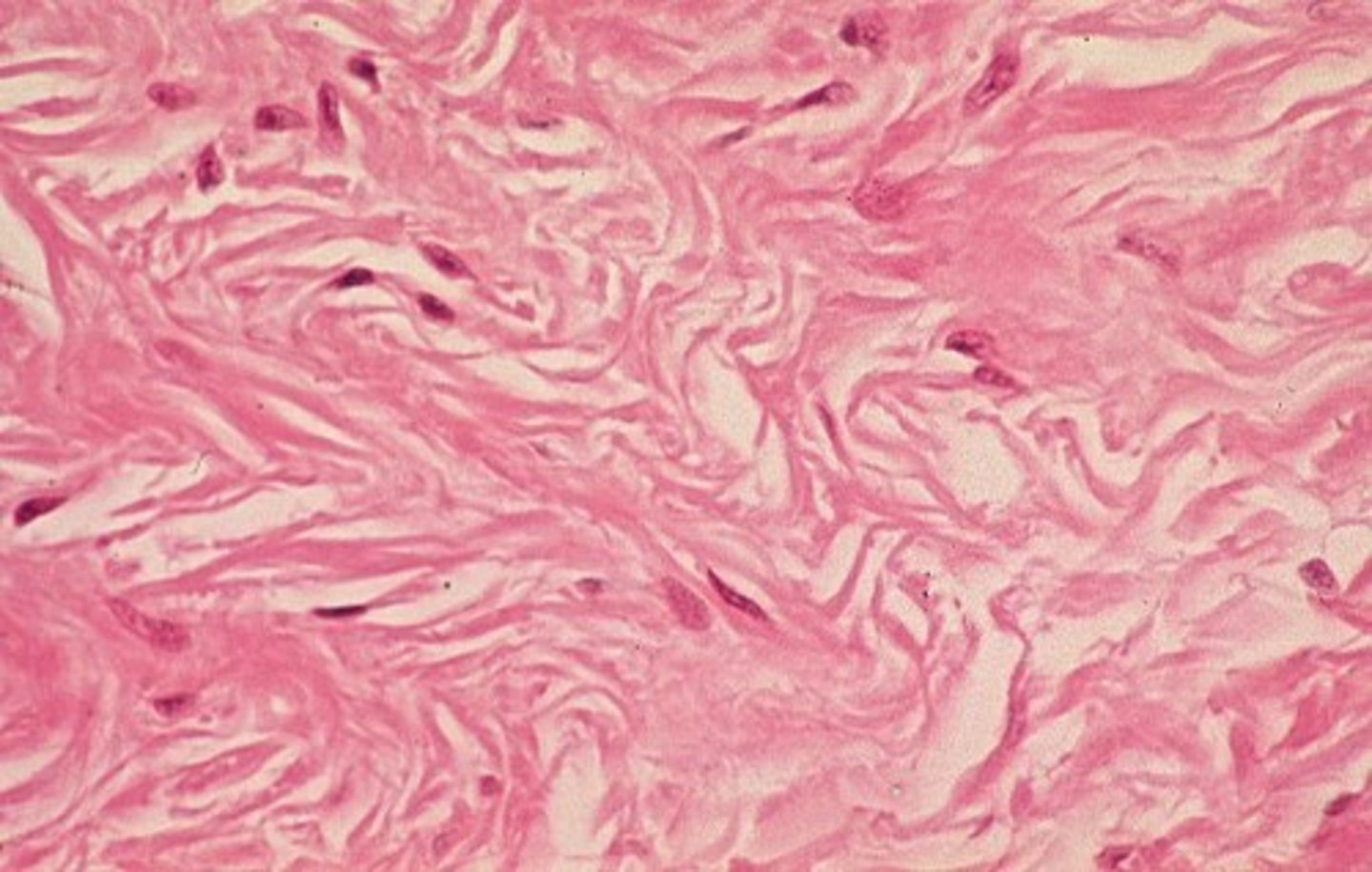
What kind of connective tissue is this?
Elastic connective
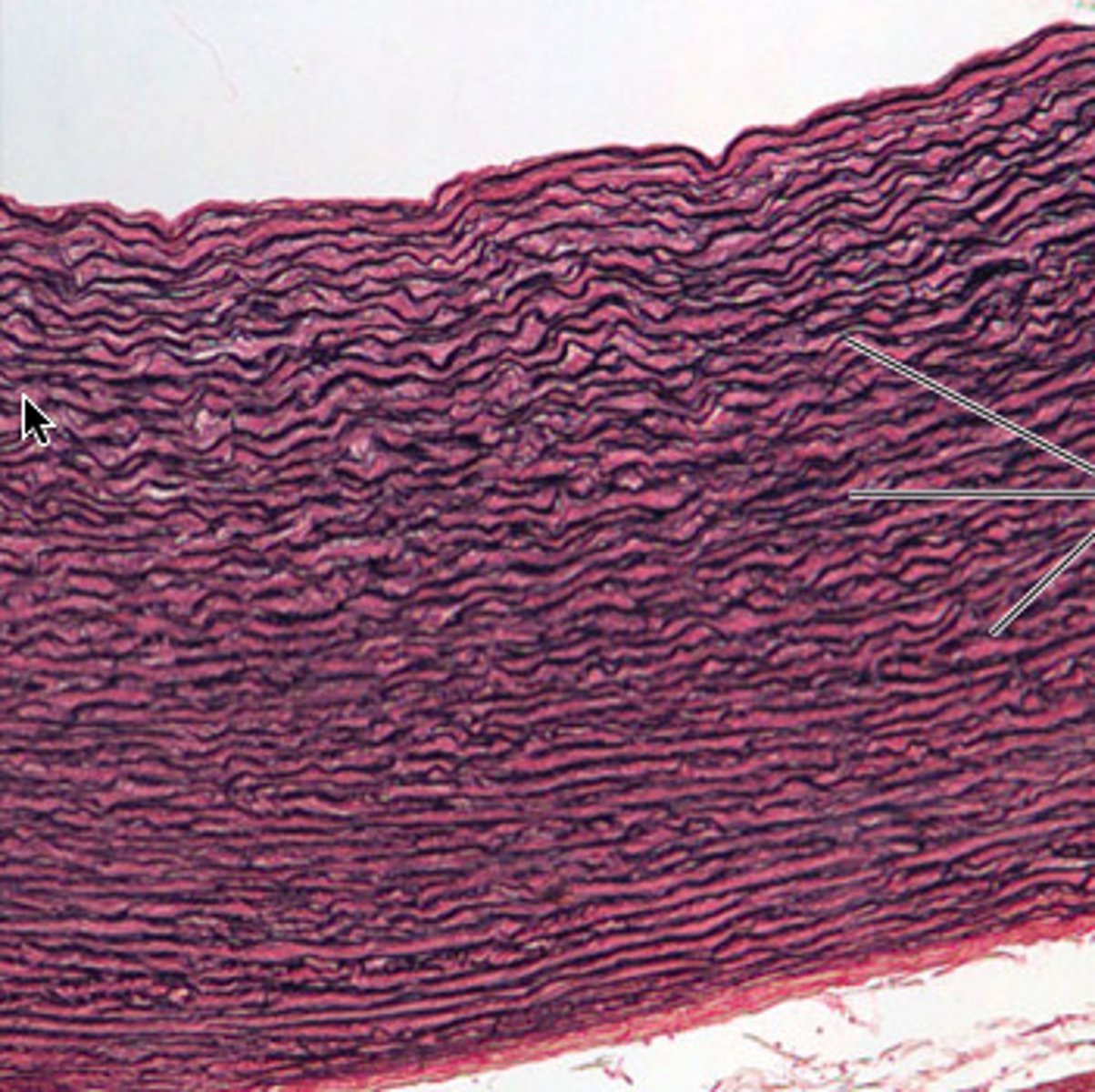
What kind of connective tissue is this?
Hyaline Cartilage
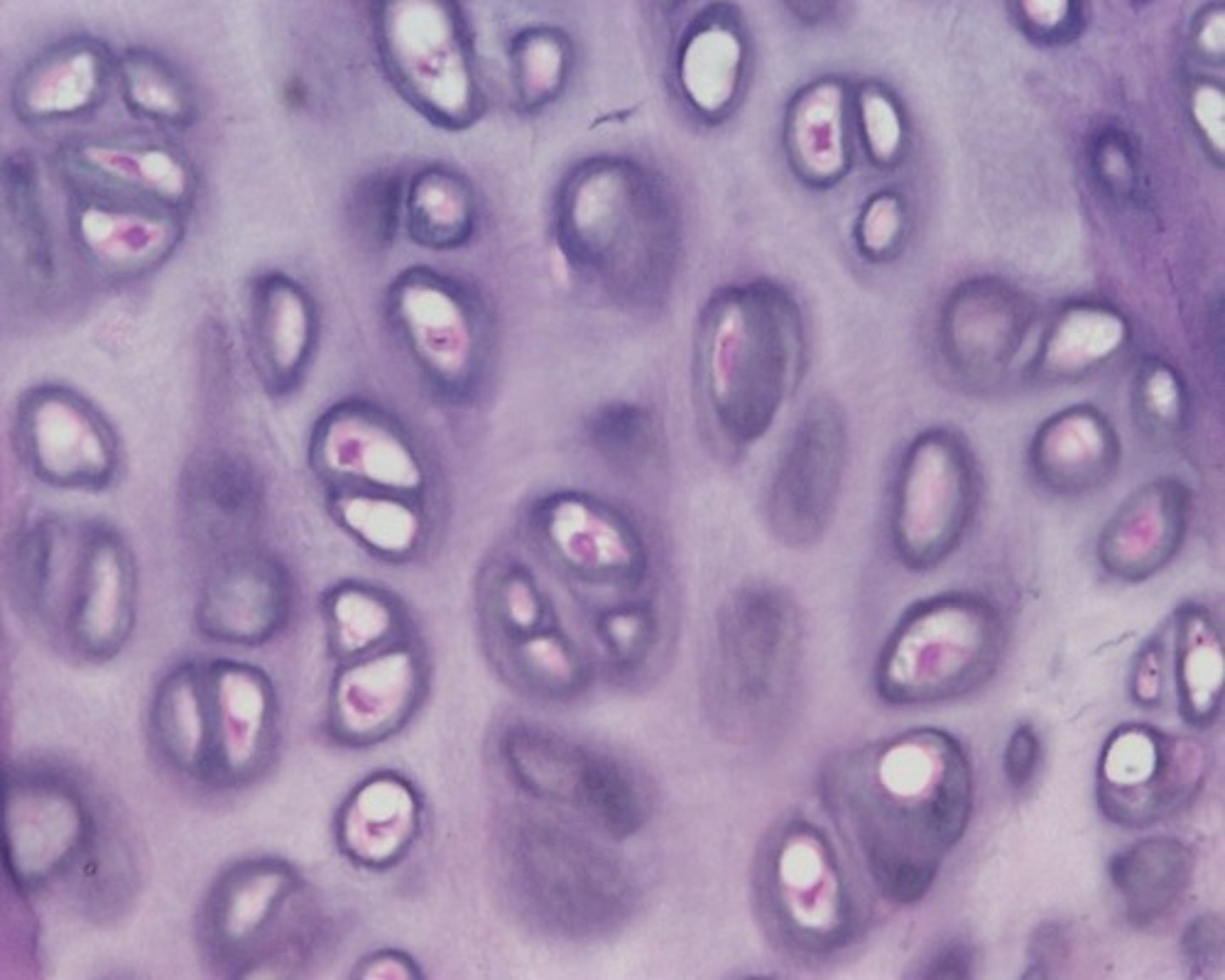
What kind of connective tissue is this?
Fibrocartilage
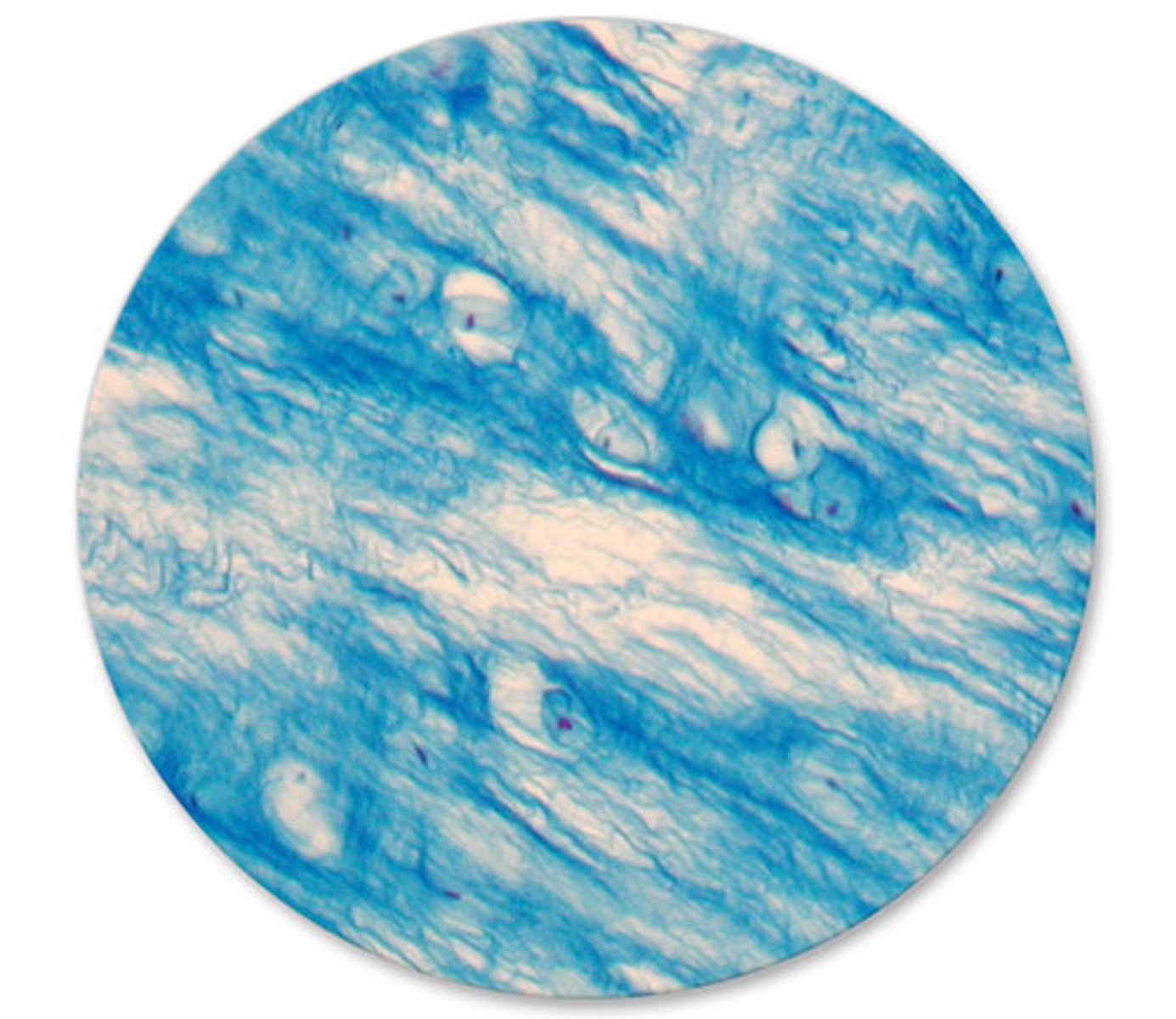
What kind of connective tissue is this?
Bone
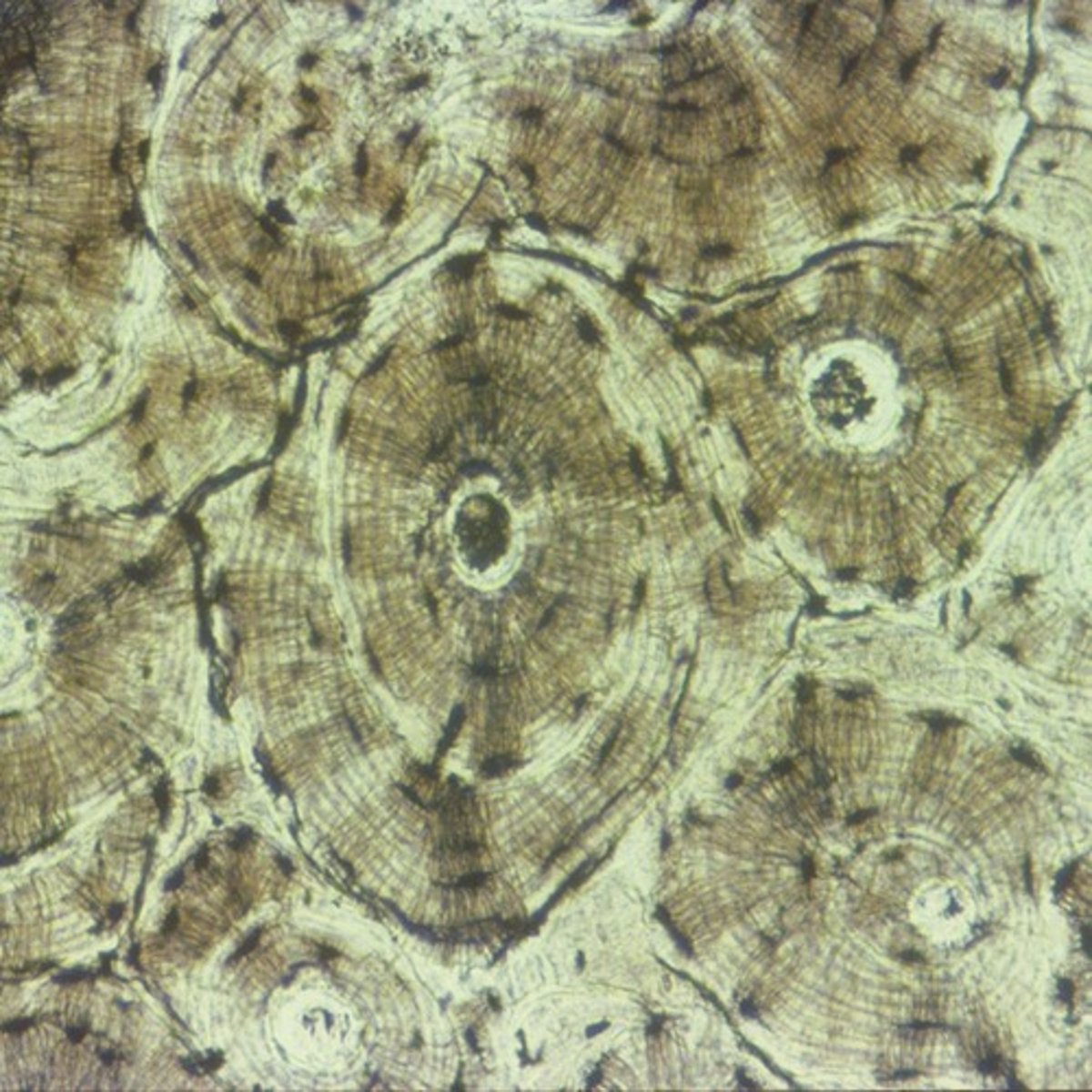
What kind of connective tissue is this?
Blood
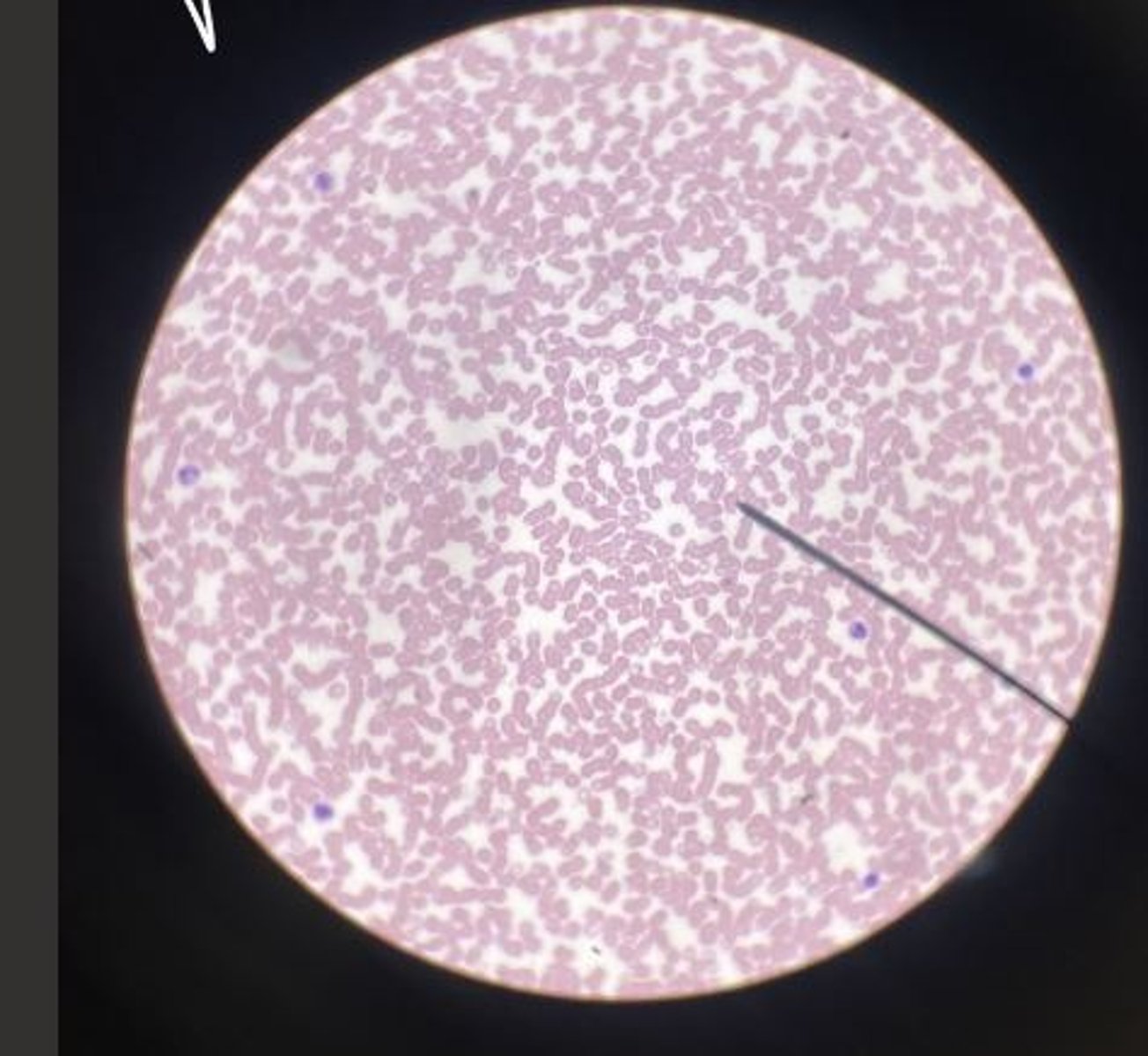
What phase is this (Mitosis)?
Prophase
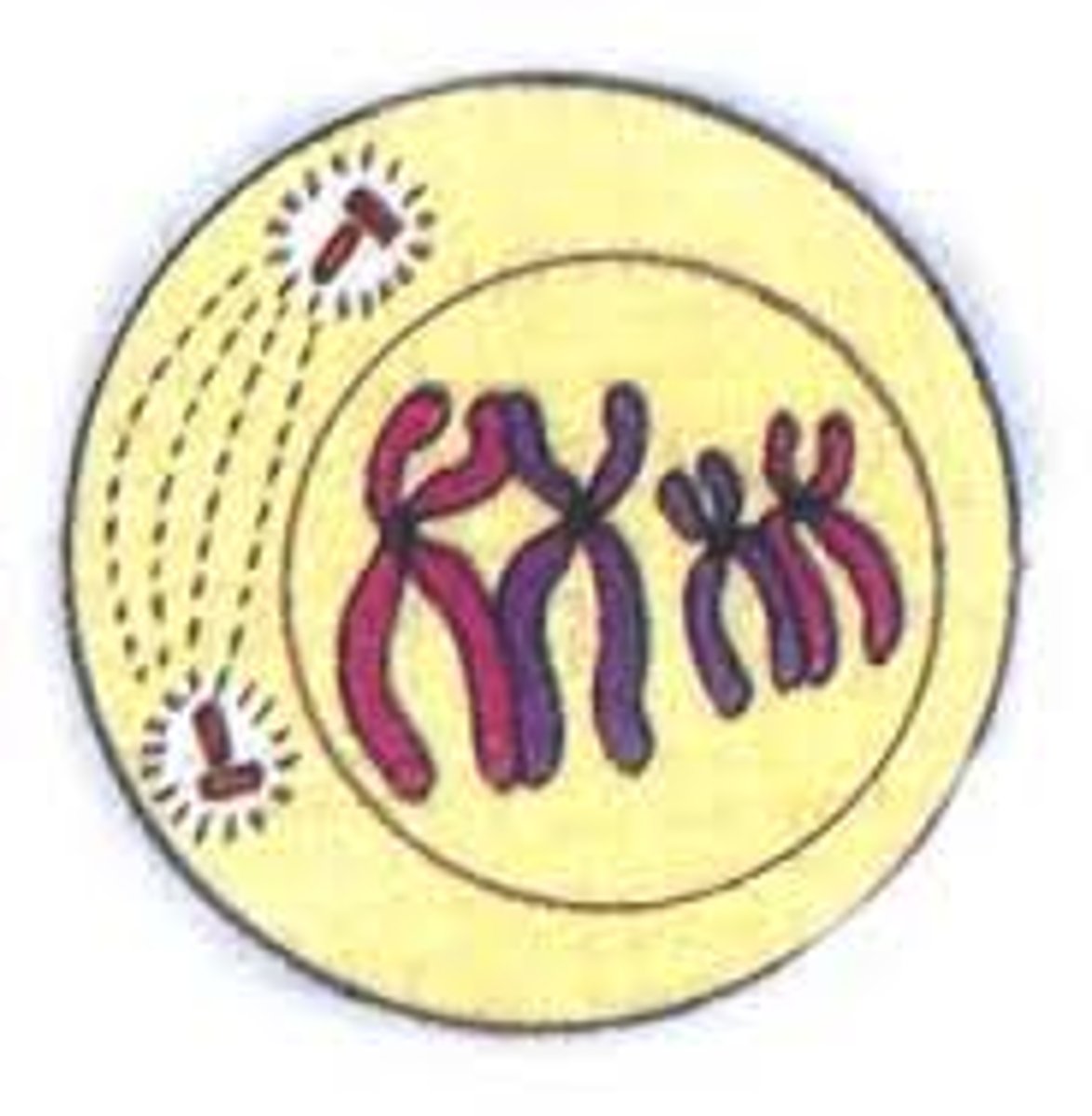
What phase is this (Mitosis)?
Metaphase
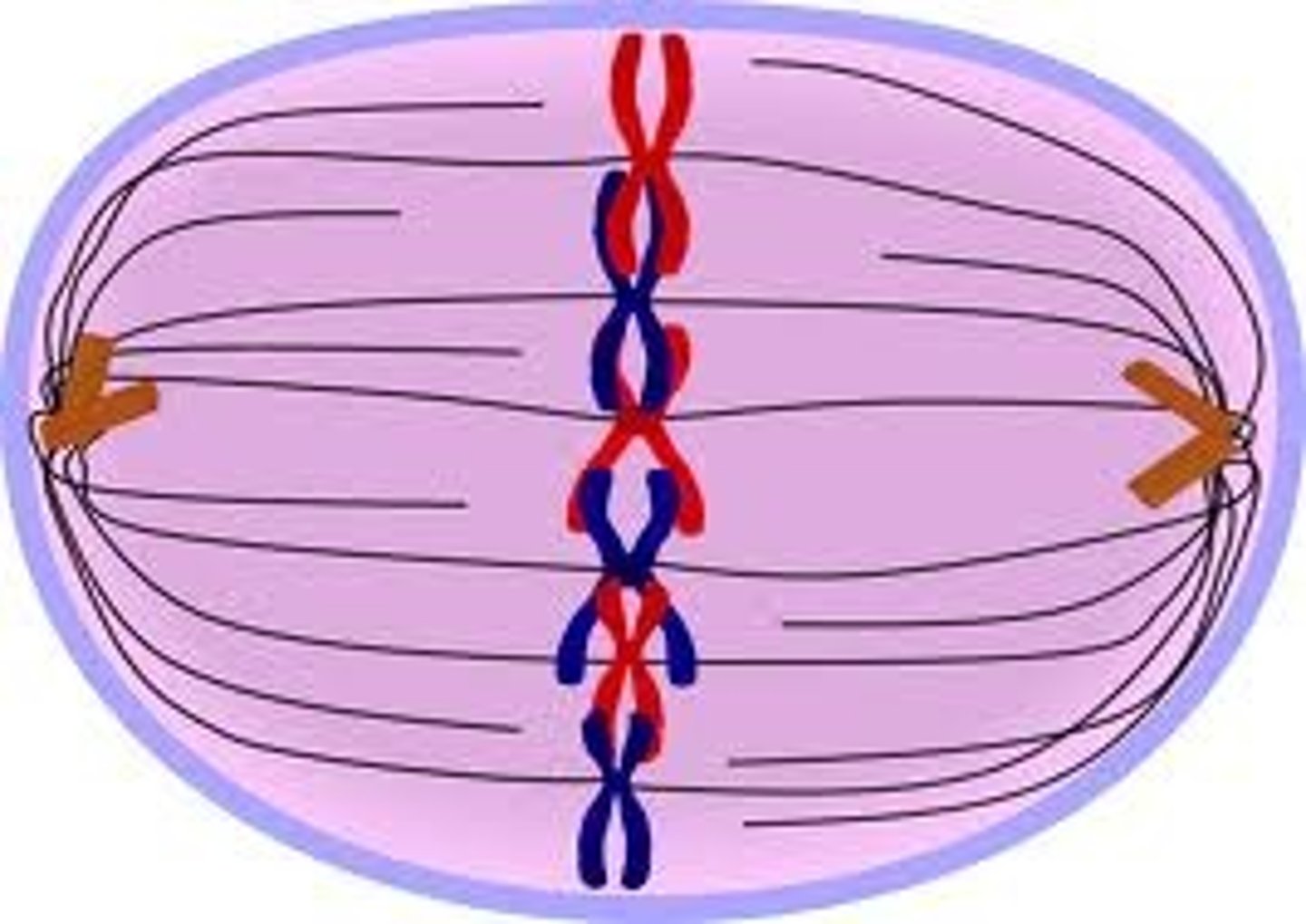
What phase is this (Mitosis)?
Anaphase
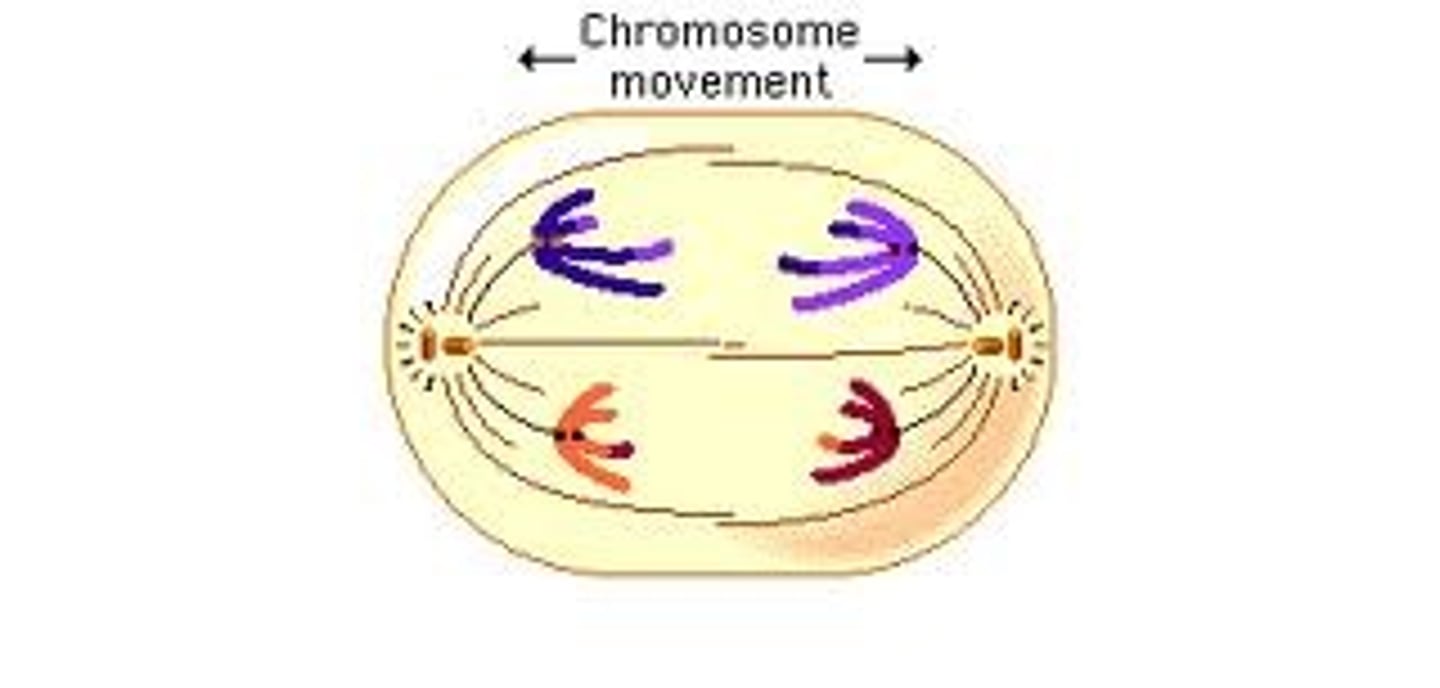
What phase is this (Mitosis)?
Telophase
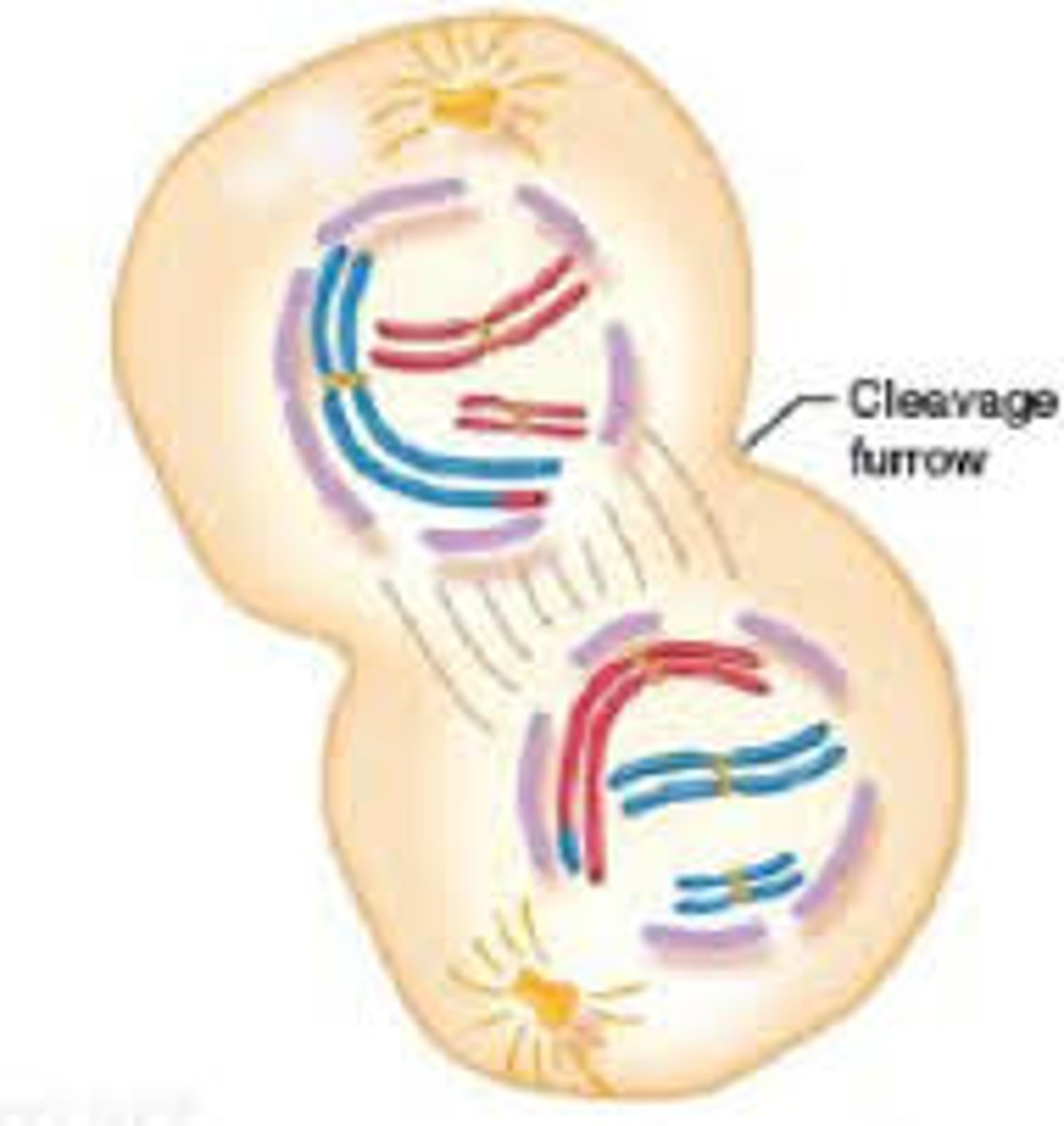
Where can you find Simple Squamous?
Kidney glomeruli, air sacs of lungs, lining of heart, blood vessels, and lymphatic vessels
Where can you find Simple Cuboidal?
kidney tubules, ducts and secretly portions of small glands, ovary surface
Where can you find Simple Columnar?
digestive tract
Where can you find Pseudostratified Columnar?
trachea and most of the upper respiratory tract
Where can you find Stratified Squamous?
Forms most linings of the esophagus, mouth, and vagina
Where can you find Transitional?
Ureters, bladder, and part of the urethra
Where can you find Areolar CT?
under epithelial tissue and surrounds capillaries
Where can you find Adipose CT?
all over the body. Under skin, surrounding organs
Where can you find Reticular CT?
spleen and lymph nodes
Where can you find Dense Regular CT?
tendons, ligaments, aponeuroses
Where can you find Dense Irregular CT?
dermis and organ/joint capsule
Where can you find Elastic CT?
walls of large arteries, bronchial tubes, within ligaments associated with the vertebral column
Where can you find Hyaline Cartilage CT?
most of the embryonic skeleton, costal cartilages of ribs
Where can you find Elastic Cartilage CT?
External ear and epiglottis
Where can you find Fibrocartilage CT?
Intervertebral discs, pubic symphysis, discs of knee joint
Where can you find Bone CT?
Bones lol
Where can you find Blood CT?
contained within the blood vessels
What kind of muscle is this?
Skeletal muscle
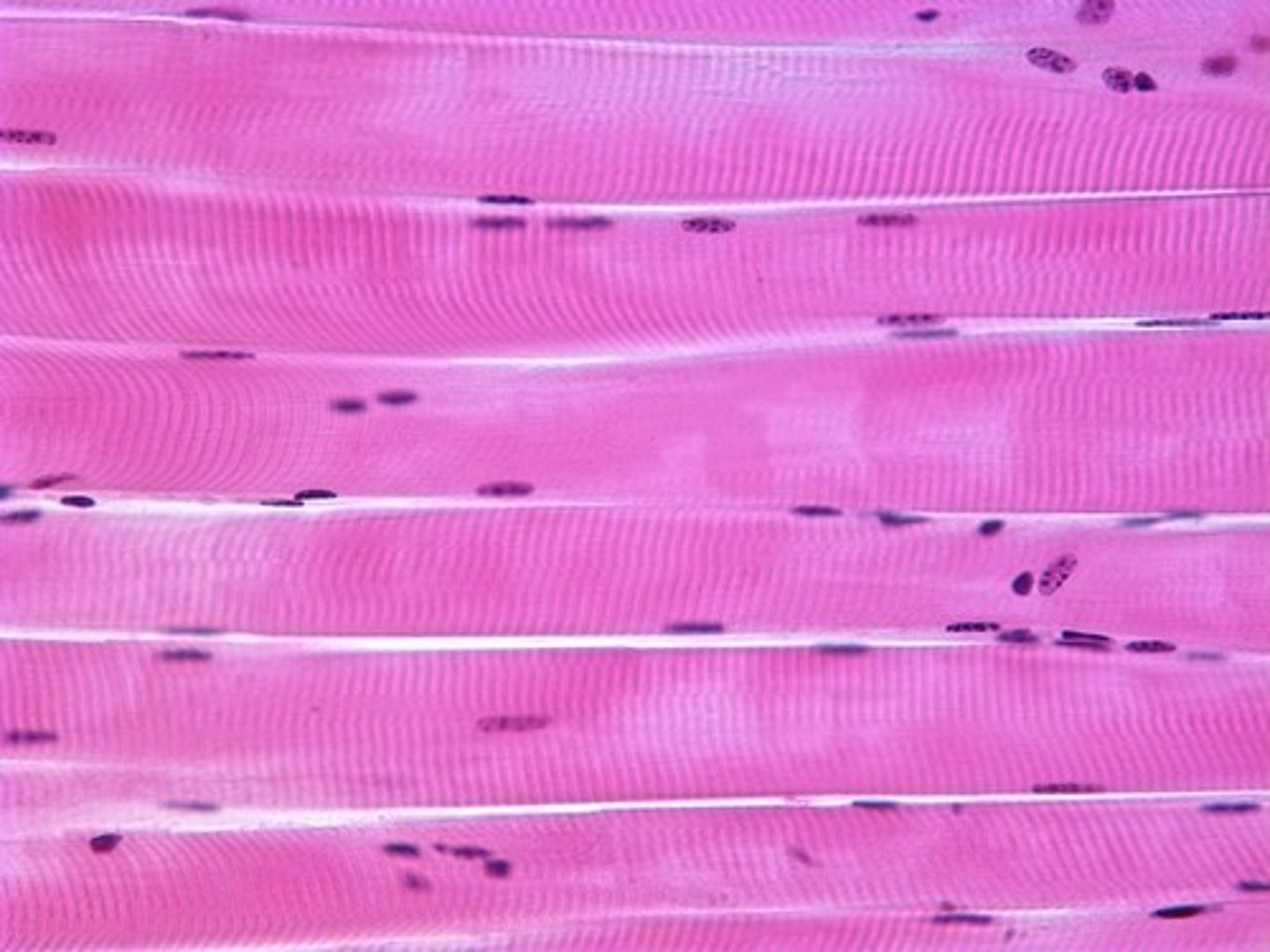
What kind of muscle is this?
Cardiac muscle
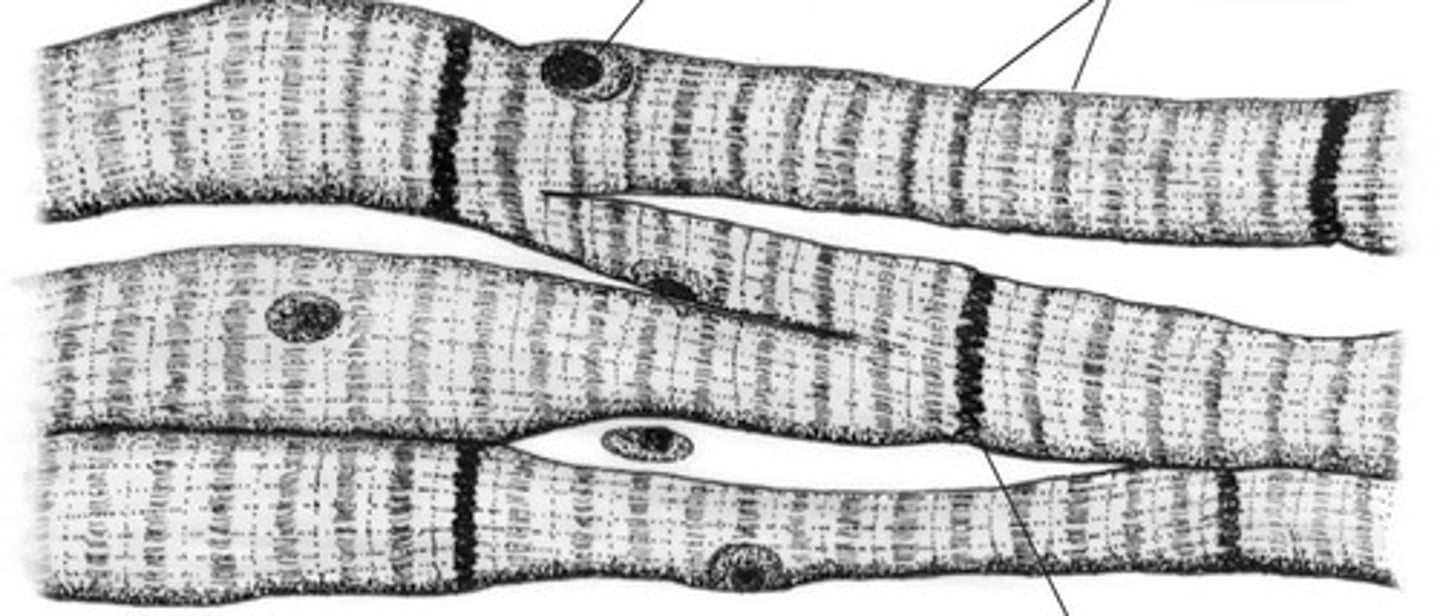
What kind of muscle is this?
Smooth muscle
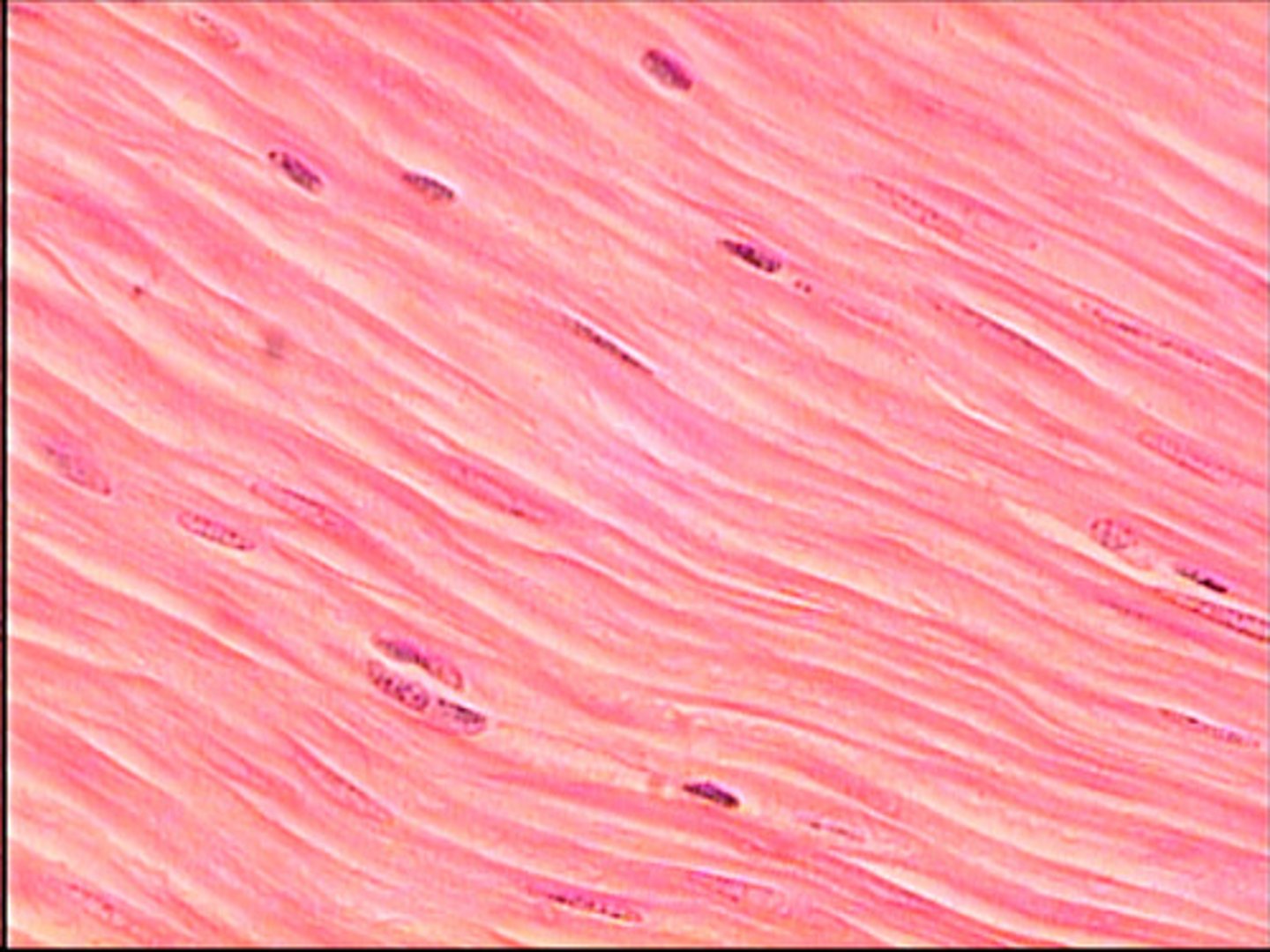
What kind of tissue is this?
nervous tissue
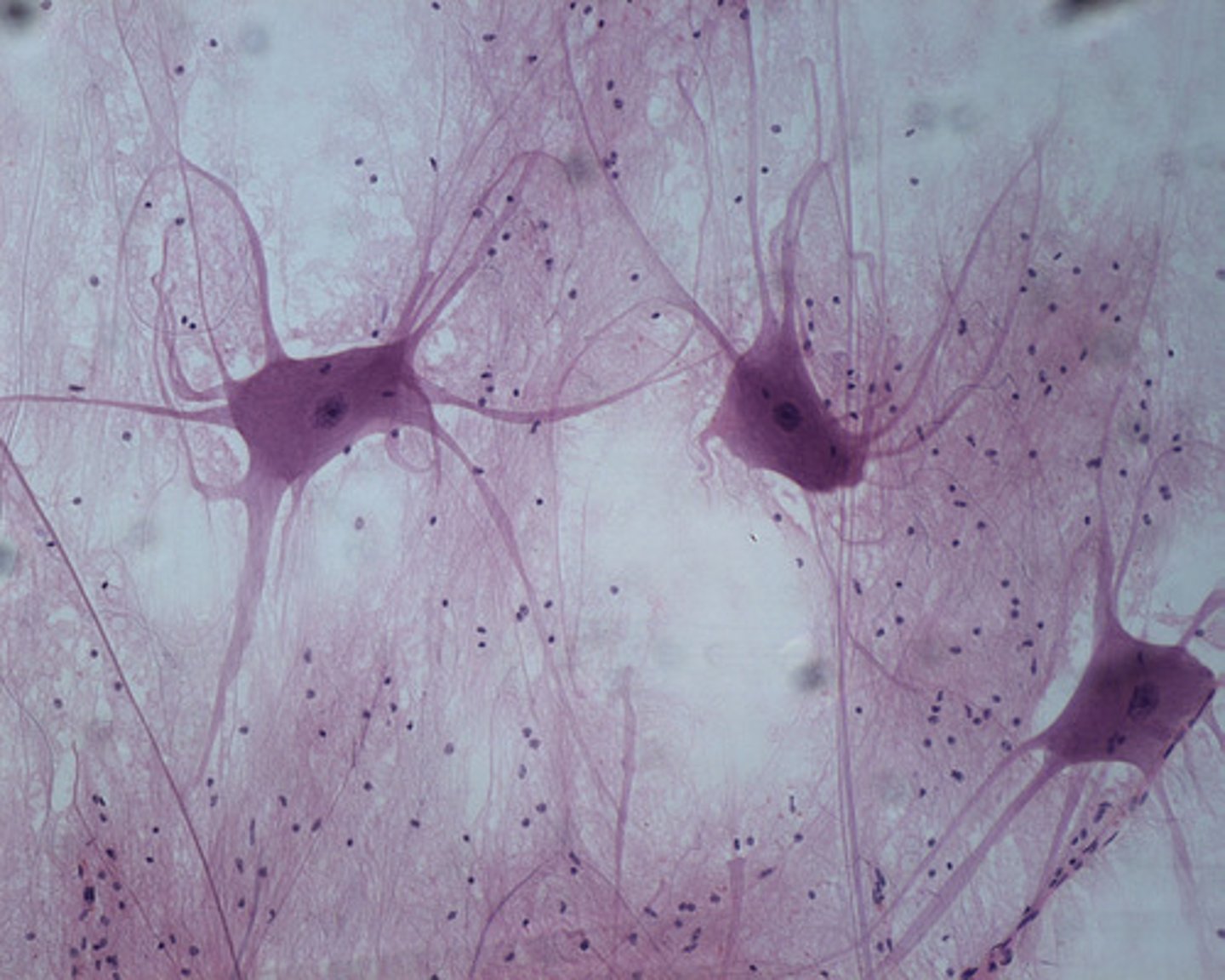
What layer of the skin is this? (arrow)
Epidermis
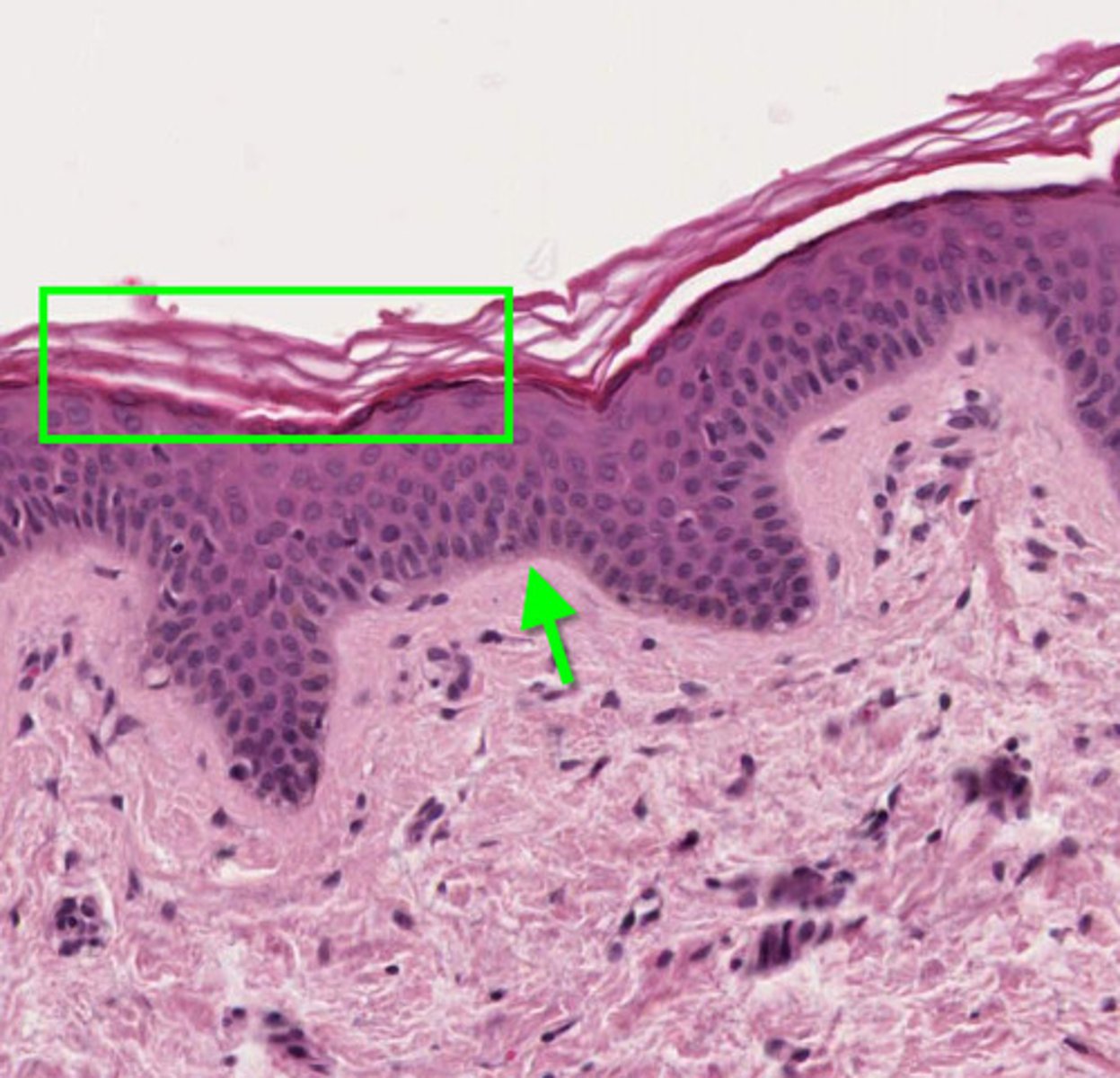
What layer of the skin is this? (green arrow)
Dermis
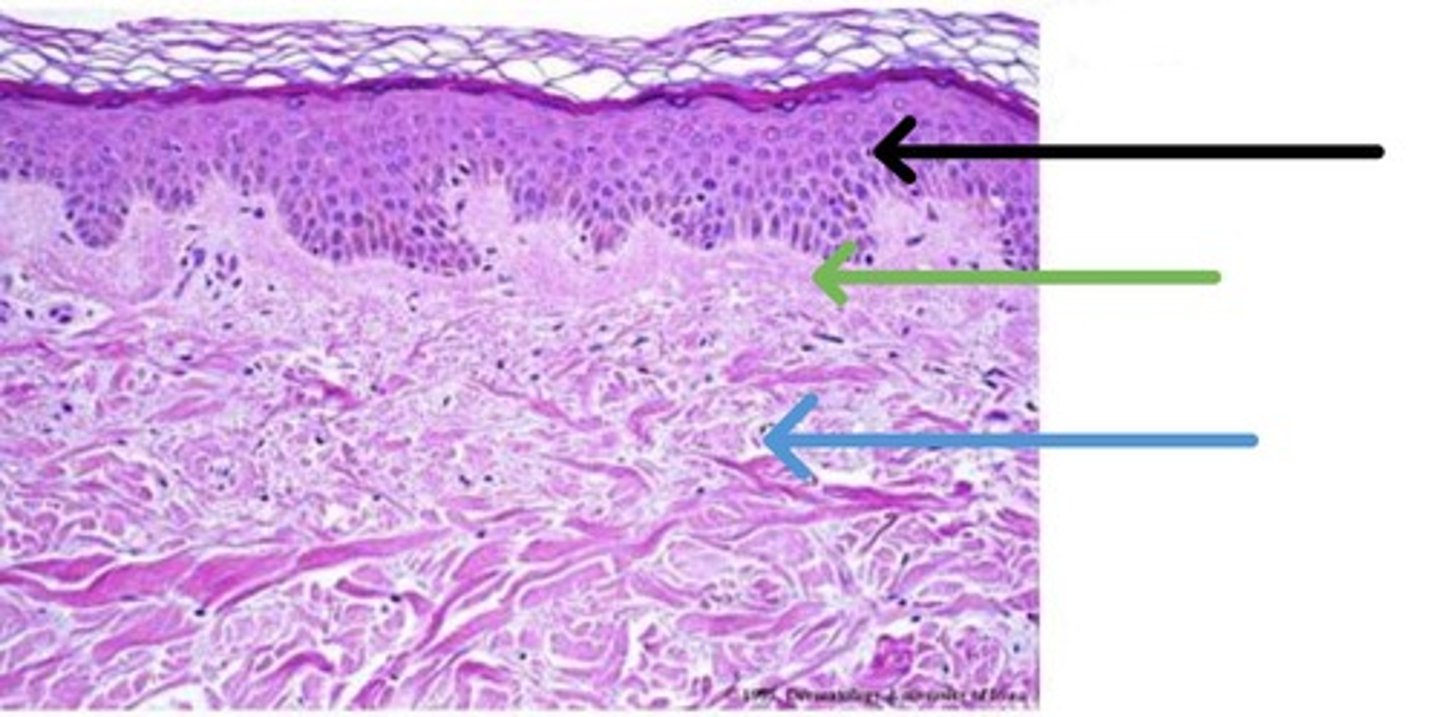
What layer of the skin is this?
Reticular layer
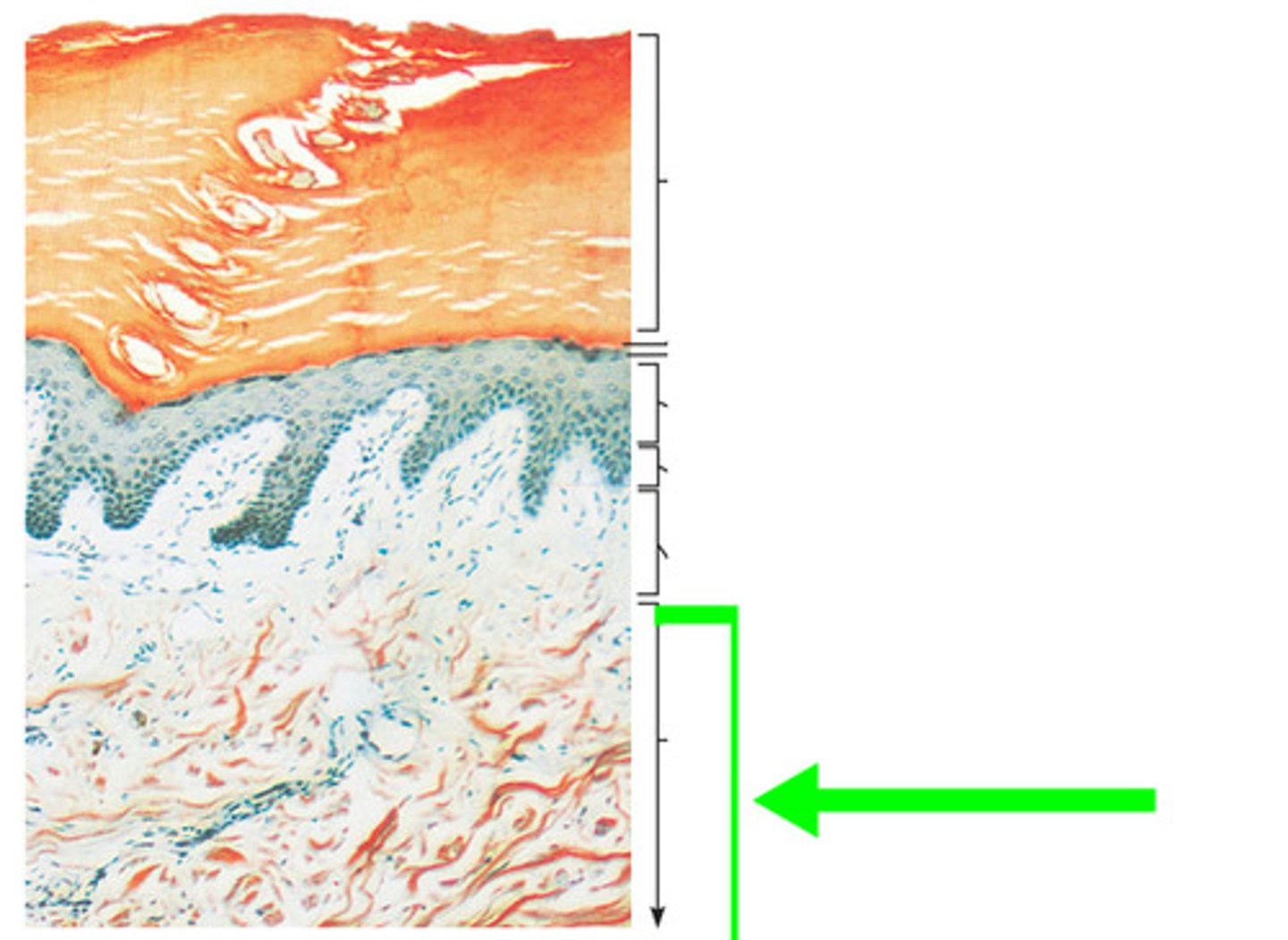
What gland is this? (center)
Sebaceous

What gland is this?
Eccrine

What happens during the diabetic foot care test?
The doctor will use a soft nylon fiber (a monofilament) to gently touch different areas of your feet and toes. You tell them if you can feel the sensation.
What is the Fitzpatrick skin score?
a classification system used by dermatologists to determine how different skin types react to ultraviolet (UV) light.
How is the Fitzpatrick skin score used regarding skin cancer?
Individuals with lower scores (Types I and II) have less melanin, offering minimal natural protection from the sun's UV radiation. This puts them at a higher risk for sunburn, sun damage, and skin cancers. While people with higher scores (Types V and VI) have a lower risk of sunburn, they are not immune to sun damage and can still develop skin cancer.